Raspberries are a particularly pleasing fruit to grow at home. Not only are they easy to grow and maintain, they are also an economical way of getting your hands on a rather expensive supermarket fruit. The delicious red berries are so versatile in the kitchen that it would seem downright negligent not to have a few canes somewhere in your garden or allotment!
We’ve got a few pointers to help you look after your raspberries.
Bare Root Raspberry Canes
After unpacking, inspect the roots and, if dry, stand the plants in a bucket of water for up to an hour (not longer) to moisten the root system thoroughly. Plant your bare root raspberry canes as soon as possible but, if the ground is not ready or too wet, temporarily ‘heel’ the plants into a shallow trench on a spare patch of ground, covering the roots with moist soil.
Alternatively, if there’s no ground available in a decent condition, wrap the roots in damp hessian or newspaper to protect them from drying out and place the plants in a cool shed or outbuilding until the ground is ready.
Potted Raspberry Canes
Water your potted raspberry canes if they look dry and plant as soon as possible. If the ground is not ready or the soil conditions are unsuitable, then stand them temporarily in a sheltered place outdoors. Check them regularly to ensure they don’t dry out.
Soil Preparation
Raspberries will remain in the same patch of soil for a number of years, so it’s important to invest in good soil preparation as well as a strong support system. A slightly acidic soil suits them best, and if the soil is heavy, they will do better if planted on a raised bed or ridge.
Choose a sheltered, sunny area of the garden away from cold, drying winds. Although raspberries tolerate part shade, they fruit best in sun.
Raspberries require a well-drained, rich, moisture-retentive soil to thrive, so dig out a trench where the row is to be and incorporate plenty of well-rotted, organic matter like farmyard manure into the soil at the bottom. Be sure to remove all perennial weeds as you dig and, just before planting, rake in a dressing of a balanced fertiliser such as growmore or blood, fish and bone to give the plants a boost this season.
How To Plant Raspberries
Plant your raspberries in rows 1.8m (6ft) apart, each running north to south to catch maximum sunlight and supported on a system of posts and wires about 1.8m (6ft) in height. Strain wires horizontally between the posts at 60cm (2ft) intervals, starting with the first wire at about 45cm (18in) from the ground and rising to the last wire at about 1.7m (5½ft) high.
Plant your bare-root raspberry canes with the roots well spread out in each planting hole, setting the plants out 40cm (16in) apart. The uppermost roots should be no more than 5cm (2in) below the soil, since deeper planting will discourage plants from producing new canes this season. Set potted canes so that the tops of the root balls will be about 2.5cm (1in) below the soil surface.
After planting, tread the soil around the roots to firm the canes in. Finish by cutting the stem growth back to approximately 25cm (10in) above soil level. Plants establish much better if they are not allowed to fruit in their first season.
How To Protect Raspberries
Since raspberries are often attacked by birds, particularly when grown on allotments, take this opportunity to provide supports for bird-proof netting. A permanent fruit cage, though initially expensive, is the easiest to manage.
Tips For Looking After Raspberries
- Raspberries benefit from an annual mulch of organic matter, like well-rotted manure or good quality, weed-free garden compost, to suppress weeds and conserve soil moisture. Spread it thickly every spring on the surface of the ground while the soil is still moist from winter rain.
- Each year in the spring, at the same time as you mulch, top-dress the canes with some balanced compound fertiliser and a high potash fertiliser to help encourage fruiting.
- If you use a hoe when weeding around your raspberry canes, be careful. Raspberries have shallow roots which can be easily damaged.
- In dry weather, and particularly on light soils, give canes a good soaking about every two weeks.
Pruning Summer-Fruiting Raspberry Canes
Summer-fruiting varieties carry fruit on wood produced in the previous season. Each year, immediately after you’ve picked the crop, cut the fruited canes back to the ground. Then select the healthiest and most vigorous of the young growth produced in the current season, cutting out the rest. Tie in the new canes so that they are spaced about 7.5-10cm (3-4in) apart on the wires.
You should aim to have 6-8 fruiting canes each year per raspberry ‘stool’ or plant
At the end of the winter, cut the new canes back to about 15cm (6in) above the top wire. If this is not done the tops may later snap off under the weight of fruit.
Pruning Autumn-Fruiting Raspberry Canes
Autumn-fruiting (Primocane) varieties are pruned in exactly the same way, cutting the old canes back to soil level each year. However, since these fruit on the current season’s wood, it’s best to prune the canes in February. The strong growth made during spring and summer will carry fruit in the autumn of the same year, at the tip of each cane.
Compact, Thornless Raspberry Plants
And if you’re looking for something a little more compact and less wild, take a look at our Raspberry Yummy Fruit Plant. Perfect for a pot in a sunny spot on the patio, you’ll still be enjoying full-size, juicy raspberries fresh from the garden.

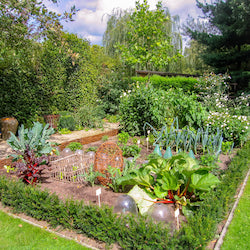
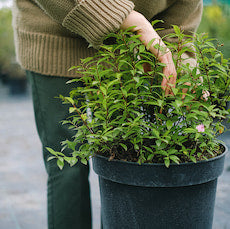
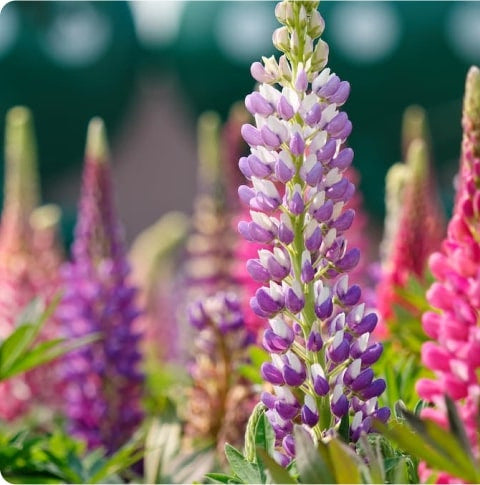


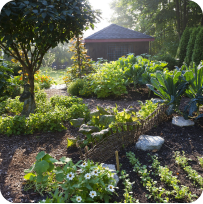





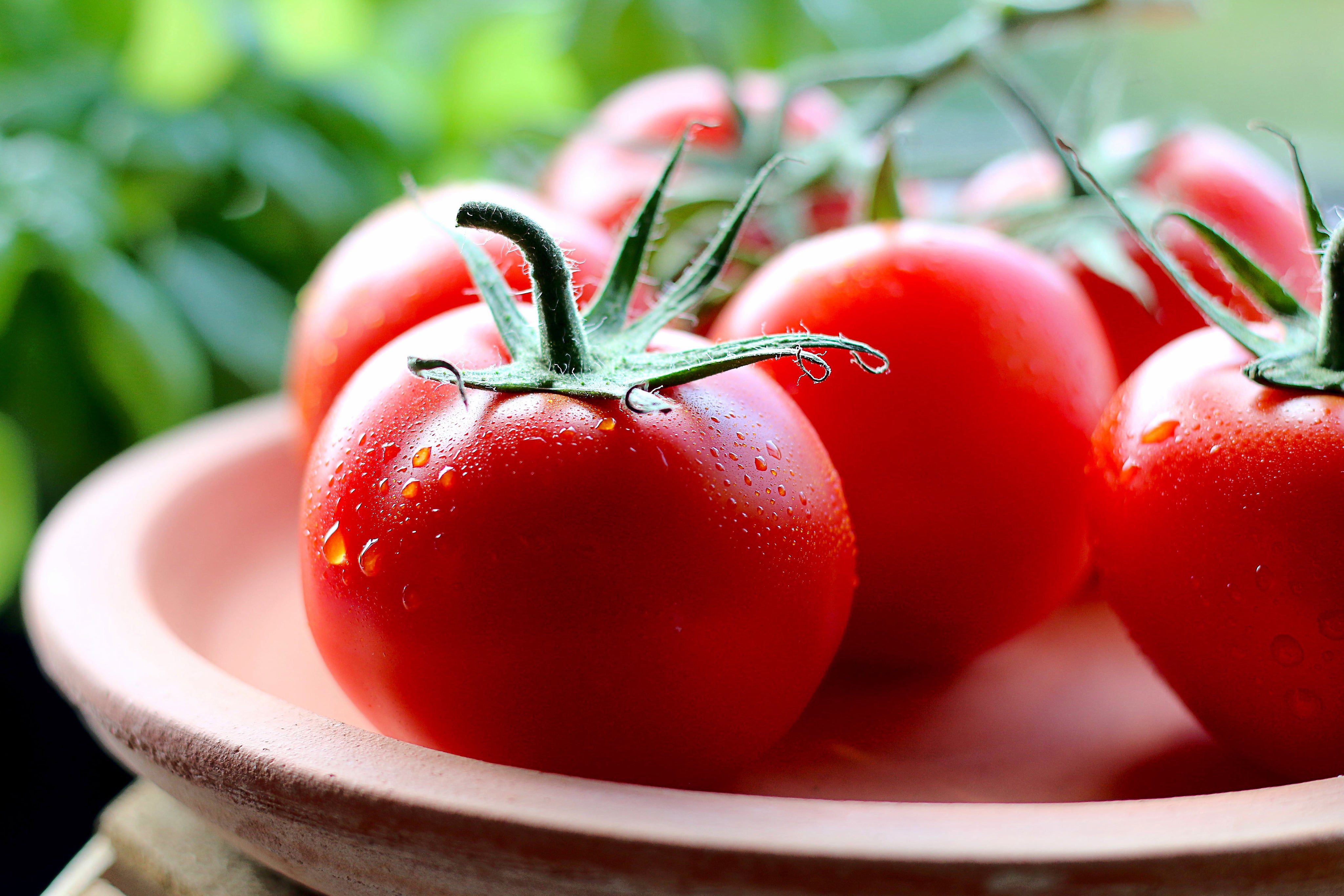

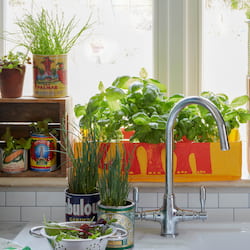
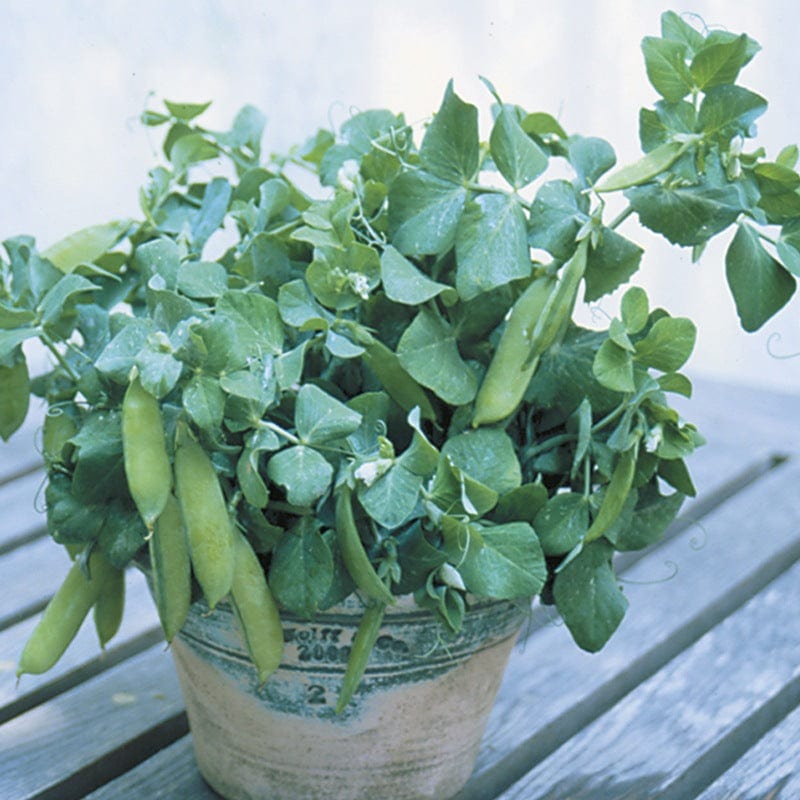


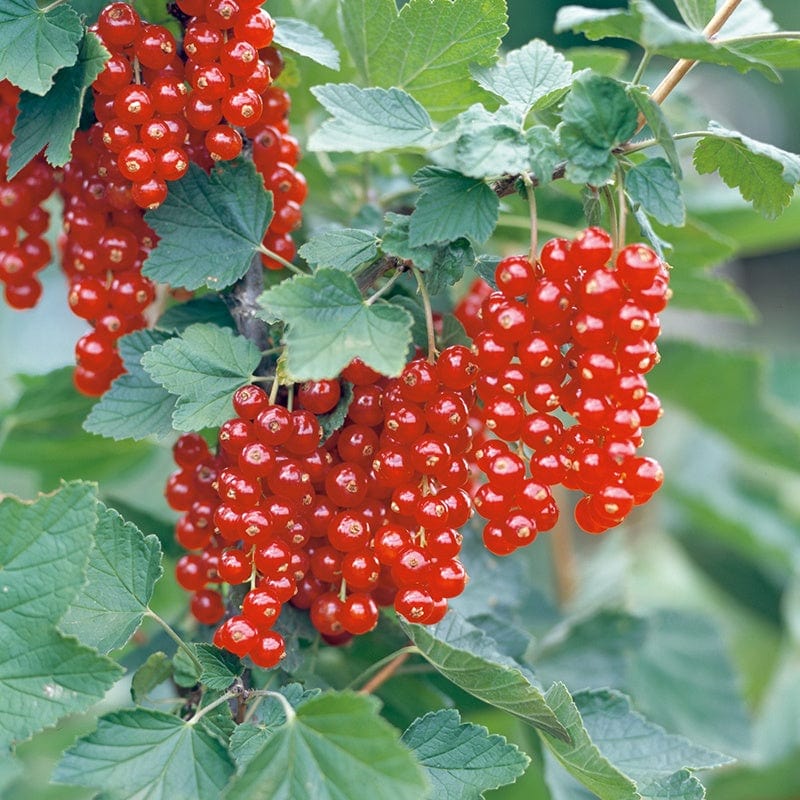
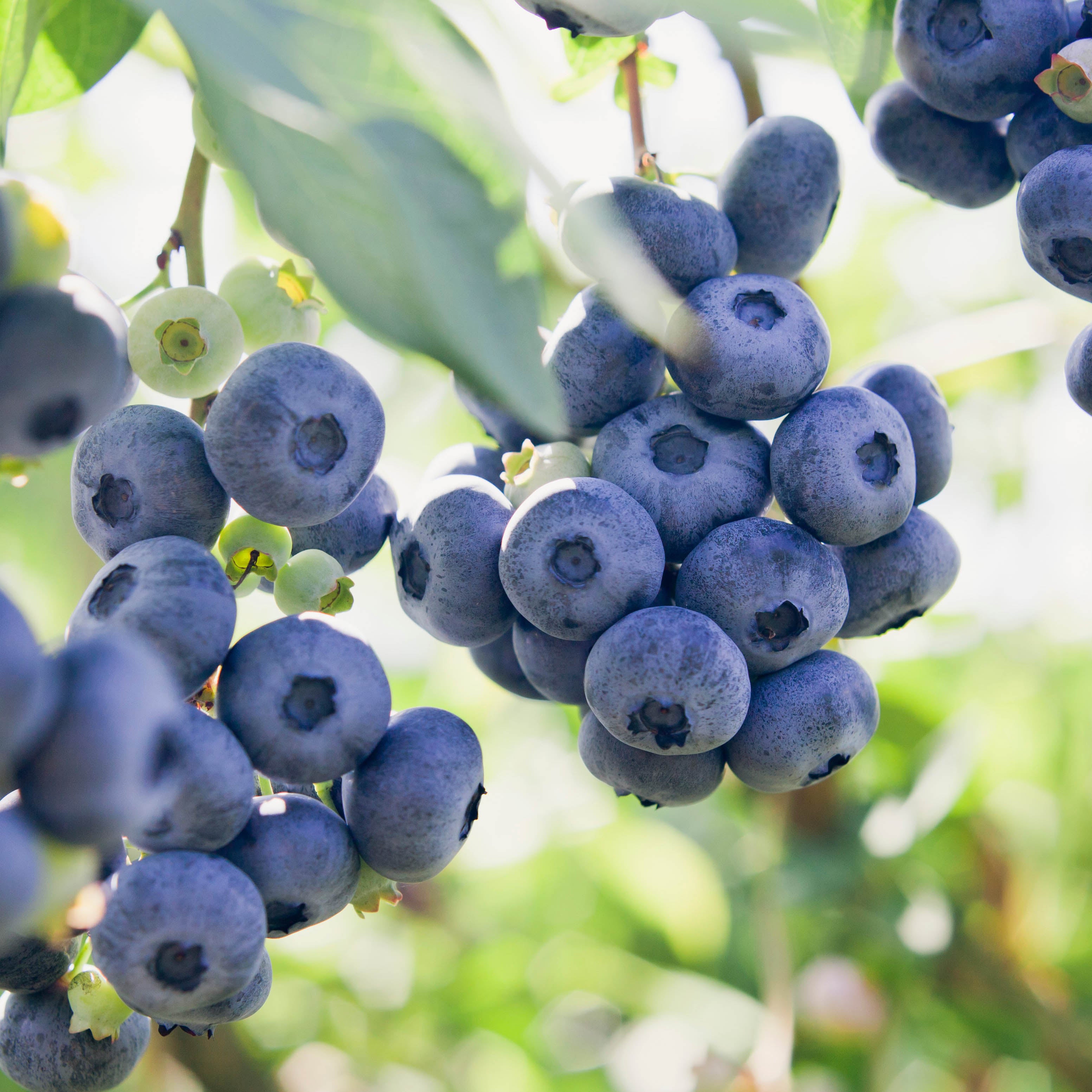
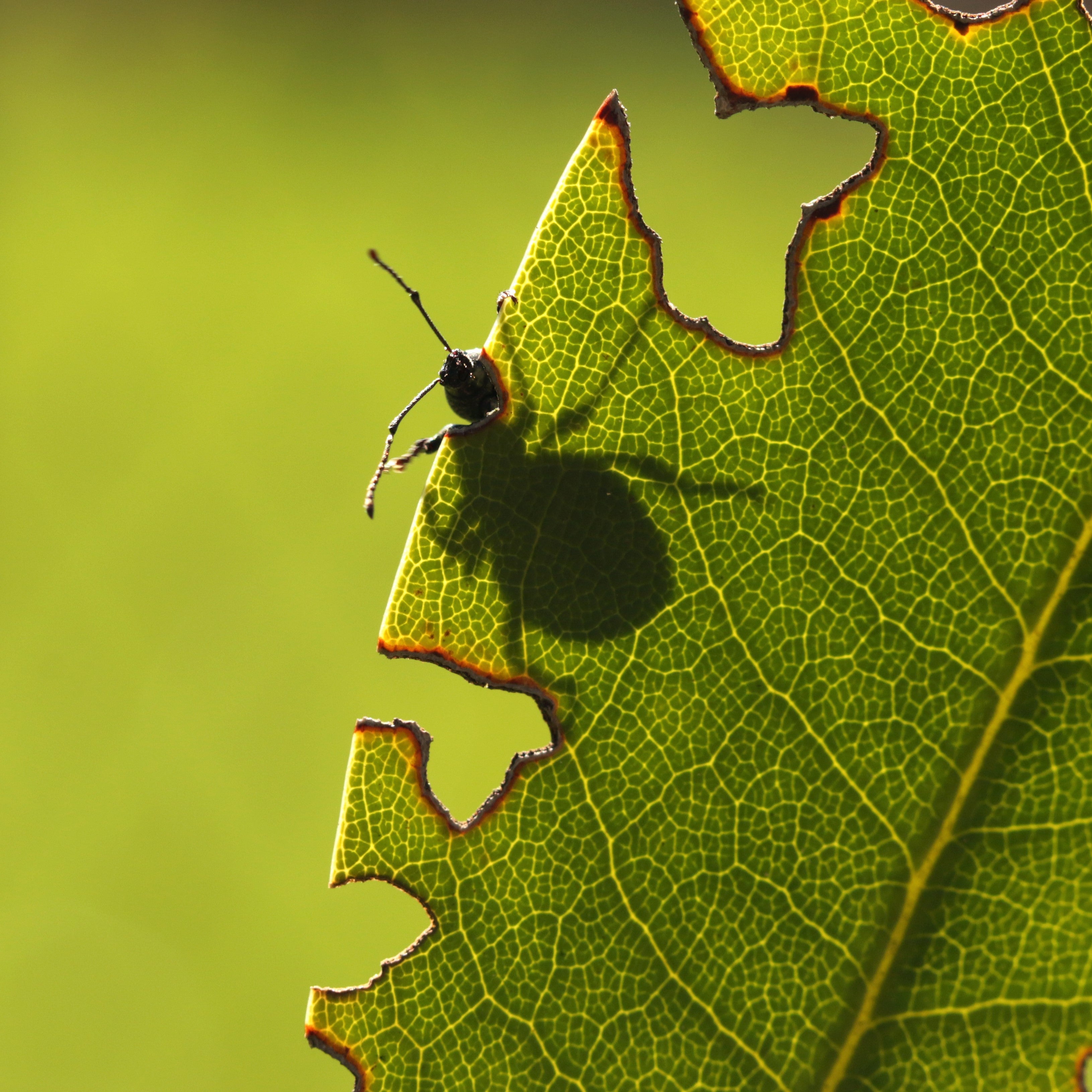

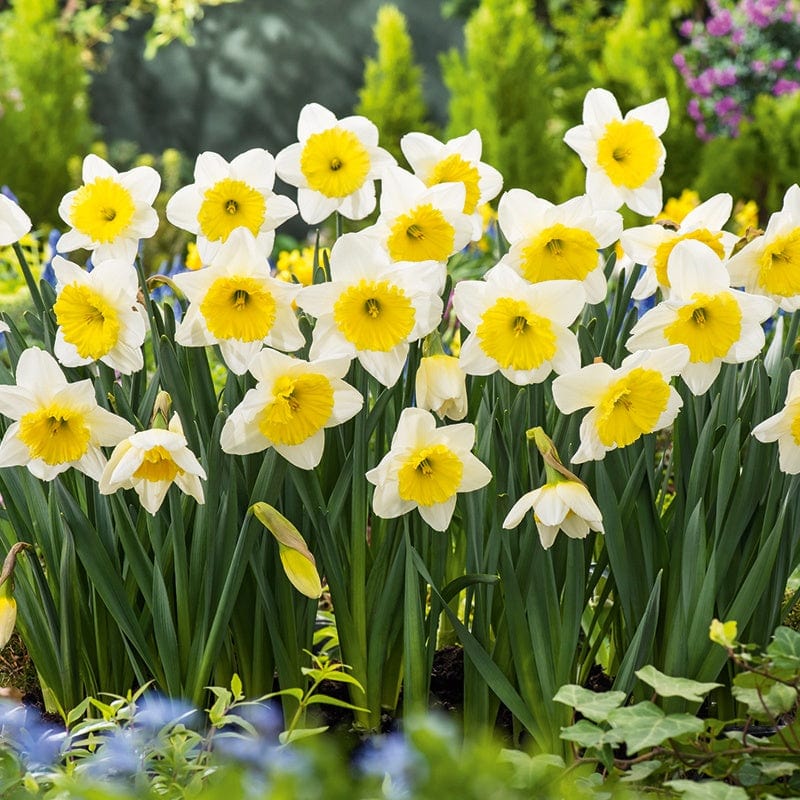
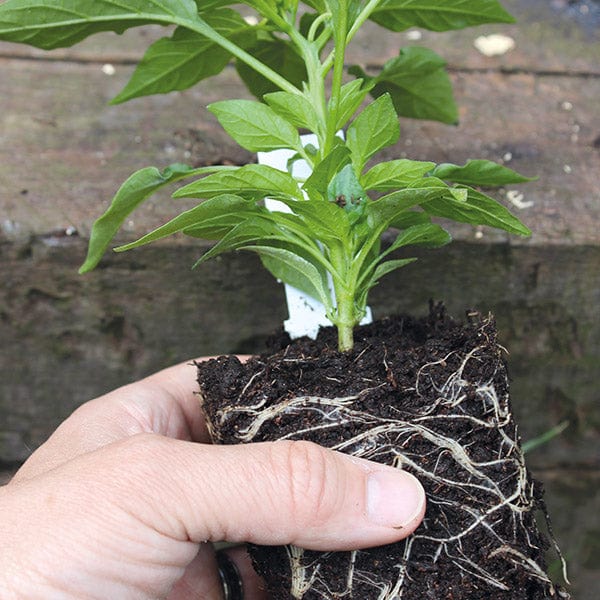


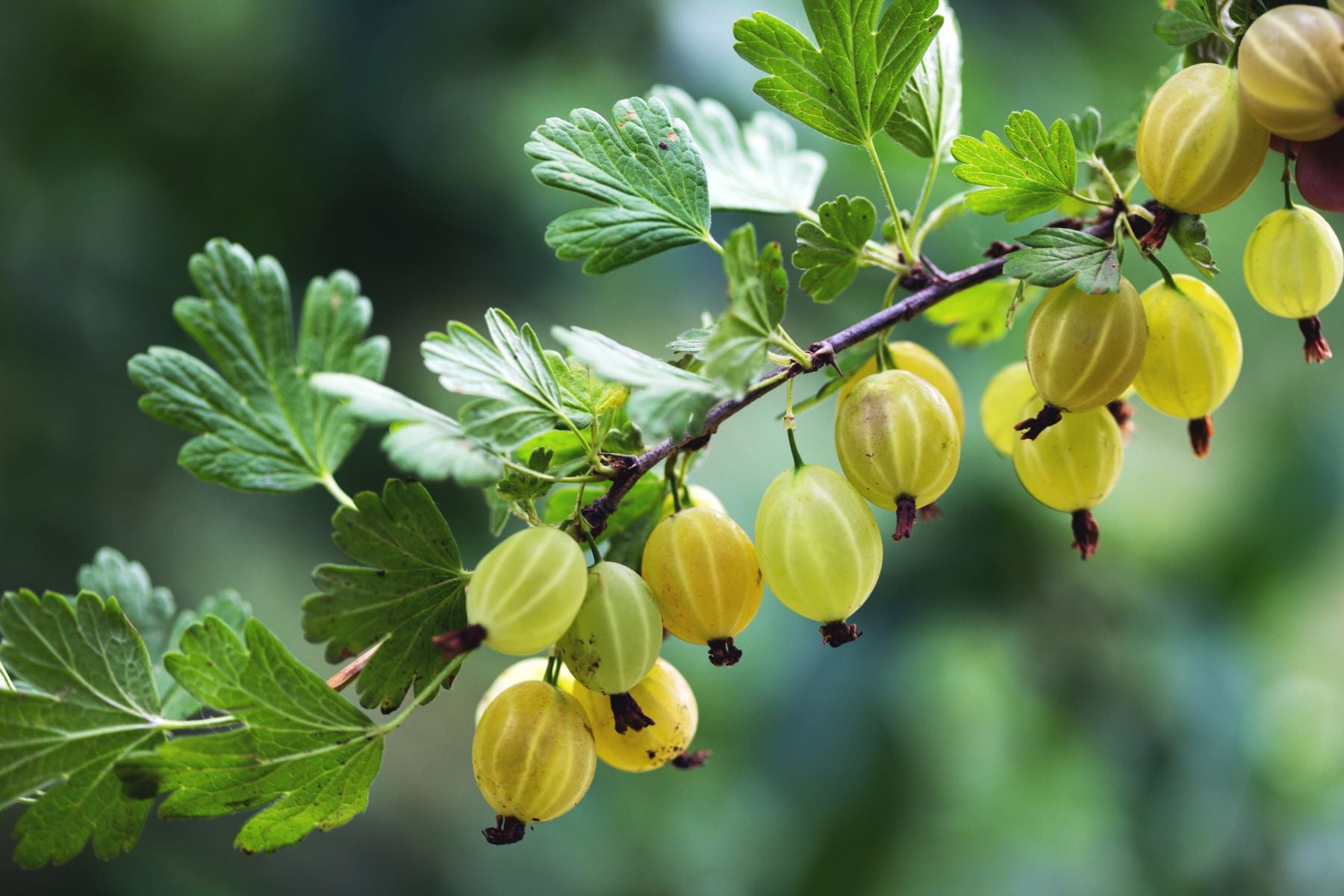

Leave a comment
All comments are moderated before being published.
This site is protected by reCAPTCHA and the Google Privacy Policy and Terms of Service apply.